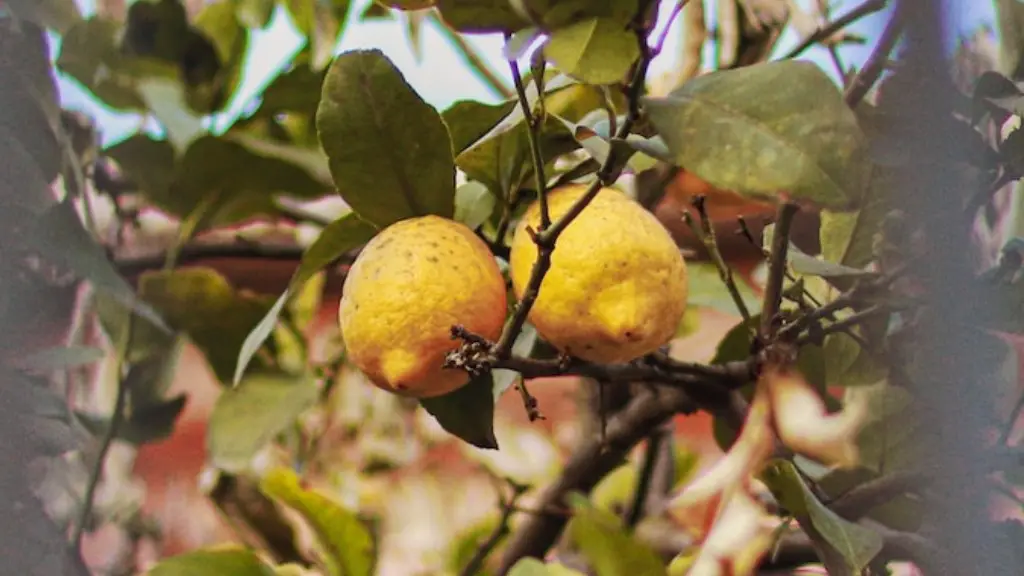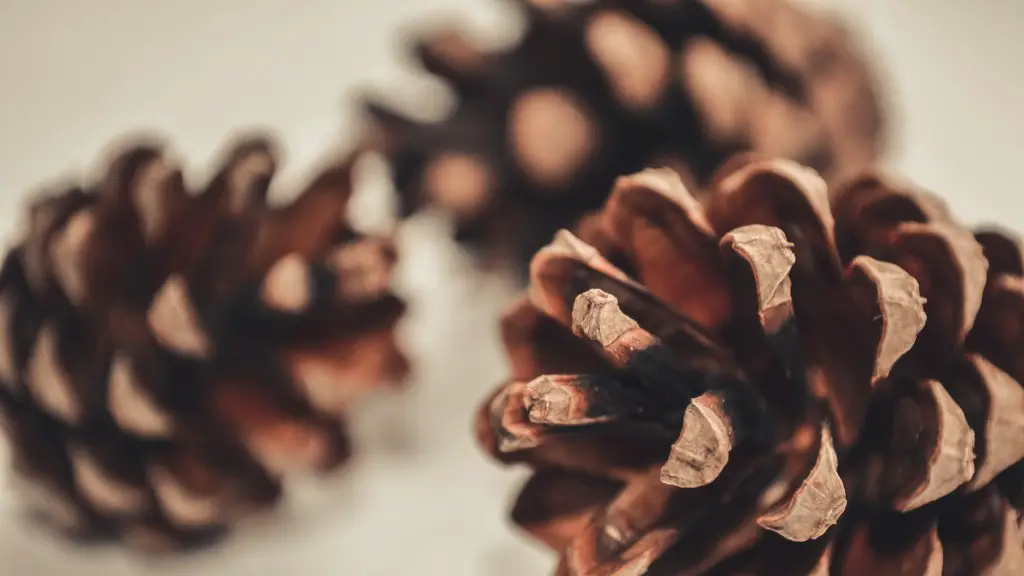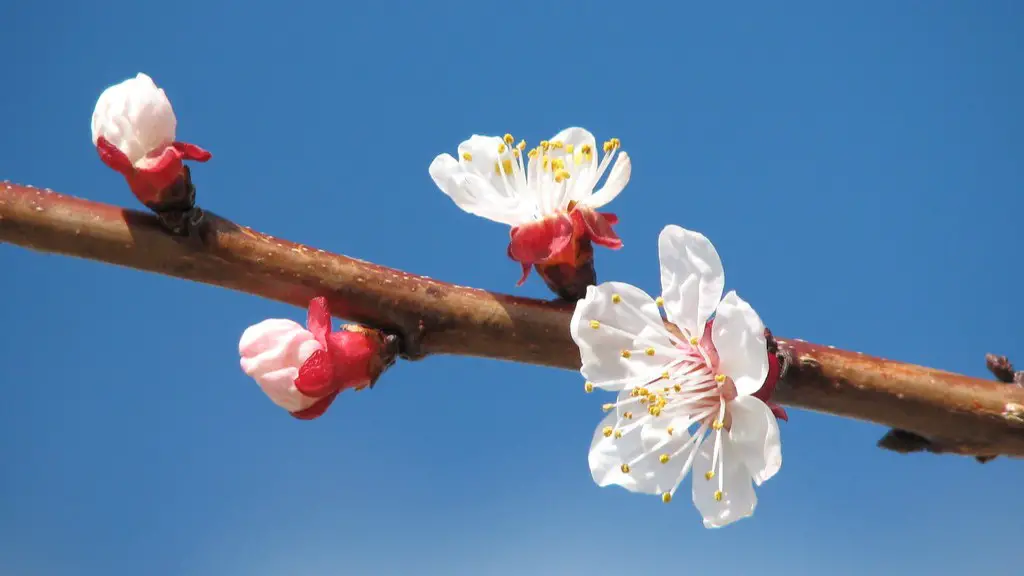Have you noticed a strange sticky substance on your lemon tree leaves? Chances are, it’s honeydew, a type of sap produced by sucking pests such as aphids and whiteflies. These creatures feed on the tree’s sap, which leaves a sticky residue behind. It is not harmful to the tree, but if left unaddressed it can cause serious damage to plants and encourage an increase in the pest population.
The first step to rid your plant of the honeydew is to identify the culprit; aphids and whiteflies are the most common. Aphids are small and soft-bodied insects that can appear in a range of colors including white, green, gray, and black. Whiteflies have silver wings with long antennae. Both pests lay their eggs on the plant which hatch into nymphs which then begin to feed on the tree’s sap.
Once you have identified the pest, the next step is to remove them. There are various solutions to this, such as pruning afflicted branches, handpicking the pest, or using insecticidal soaps or neem oil. It’s best to use natural solutions as they are eco-friendly and don’t contain any harsh chemicals. Furthermore, they can be used directly on the plant and can often be even more effective than chemical sprays.
To keep your lemon tree free of pests, prevention is key. Plant your tree in a sunny spot with adequate drainage and provide it with good nutrition. Additionally, ensure the tree is well-pruned to increase air circulation and reduce overcrowding. This, in combination with regular monitoring, will help keep the pests away for good.
If honeydew does make an appearance again, it’s important to act quickly. The sticky residue can attract sooty mold, an unsightly black fungus, which coats the leaves and branches and interferes with photosynthesis. To prevent this from happening, remove the honeydew as soon as possible by wiping the leaves or using a hose or stream of water to wash it off. You should also rid the tree of any affected branches and, if necessary, prune it back.
Aphids and Whiteflies
Aphids and whiteflies are the two main sucking pests which cause the honeydew to appear on your lemon tree. Aphids are small and soft-bodied insects that can appear in a range of colors including white, green, gray, and black. Whiteflies, on the other hand, are much smaller than aphids and have silver wings and long antennae. Both of these pests lay their eggs on the tree, which hatch within a few days and start feeding on the tree’s sap.
These insects can quickly infest, so it’s important to act promptly to prevent them from doing serious damage to your plants. Pruning affected branches is the first step and, if necessary, you can use insecticidal soaps or neem oil to get rid of them completely. As mentioned before, natural solutions are always preferred as they are eco-friendly and don’t contain any harsh chemicals.
For long-term protection, it’s important to practice good basic tree care. Plant your tree in an area with plenty of sunlight and good drainage. Give your tree adequate nutrition, and ensure it is regularly pruned to increase air circulation and reduce overcrowding. With regular monitoring and the right prevention measures, you can keep your lemon tree free of pests.
Sooty Mold
The honeydew produced by aphids and whiteflies can attract sooty mold, a black fungus which covers the leaves and branches and inhibits photosynthesis. To prevent this, it’s important to act quickly to remove the honeydew. You can do this by either wiping the leaves with a damp cloth or using a spray of water to wash it off.
In serious cases, it’s advisable to prune the tree back and rid it of any affected branches. This will help keep the plant healthy and encourage new growth. Remember, prevention is the best method for any pest-related problems, and regular monitoring of your tree will help you spot any issues early on.
Honeydew Removal
As mentioned before, the best way to remove the honeydew is to wipe the leaves down with a damp cloth, or spray the plant with a stream of water. If a larger area is affected, use a hose to properly douse the plant. Doing this regularly will help keep your tree healthy and pest-free.
If the infestation is severe, bug zappers or bug traps can be used. However, these methods will only work if the tree is regularly checked for pests and any affected branches are pruned back. Other solutions include introducing beneficial predators such as ladybugs, lacewings, and predatory mites to the affected areas.
Regular Tree Maintenance
Regular maintenance is key to avoiding pest problems. This includes pruning the tree where necessary, providing adequate nutrition and water, and keeping the plant in a sunny area with good drainage. Additionally, you should monitor the tree regularly to spot any issues as soon as they arise.
It’s also important to keep the surrounding area clean and free of debris, as this can attract pests. If you have mulch around the plant, make sure to keep it fresh and free of mold or mildew. If you do experience a pest infestation, act quickly to prevent it from getting worse and spreading to other plants.
Avoiding Future Infestations
To avoid future infestations, set up preventative measures. This includes keeping the surrounding area clean and getting rid of weeds and debris, which can attract pests. Additionally, if you have mulch around your tree, make sure to keep it fresh and free of mold or mildew.
If you have noticed the tell-tale signs of pests (honeydew, nymphs, etc.), act fast to prevent the infestation from getting worse. Hand picking the pests and pruning affected branches out is often the best solution, and if you need to, you can use insecticidal soaps or neem oil to get rid of them.
Shining a bright light on the tree in the evening can also help get rid of the pests, as this attracts them to the light and they can then be collected. Using beneficial predators such as ladybugs, lacewings, and predatory mites can also be an effective solution. With a combination of these methods, you can keep your lemon tree free of pests and looking healthy.




